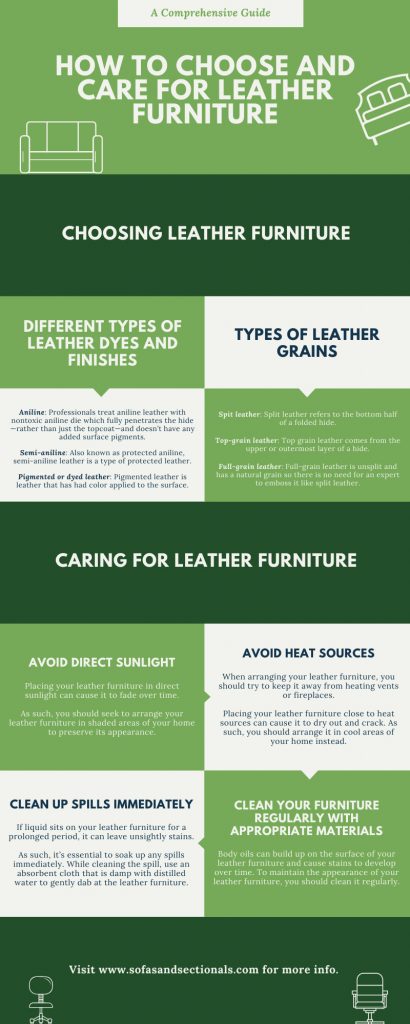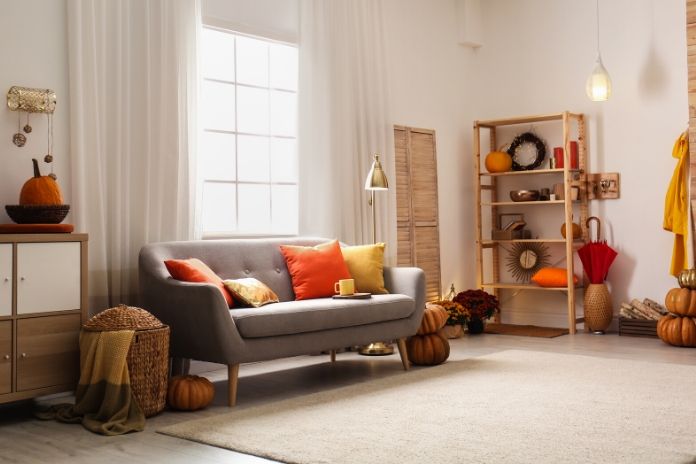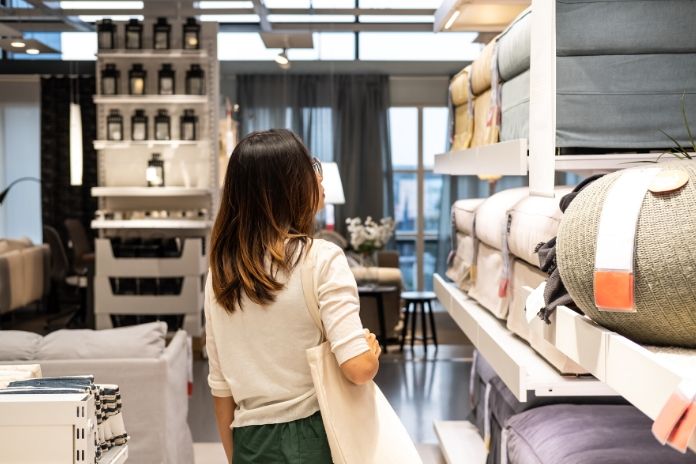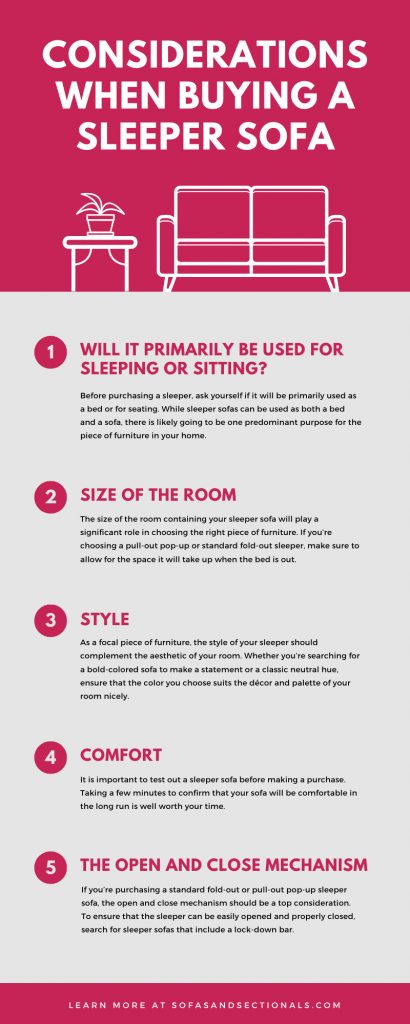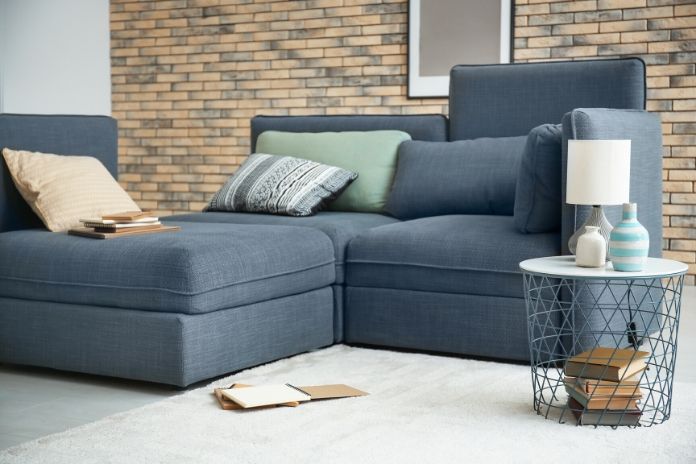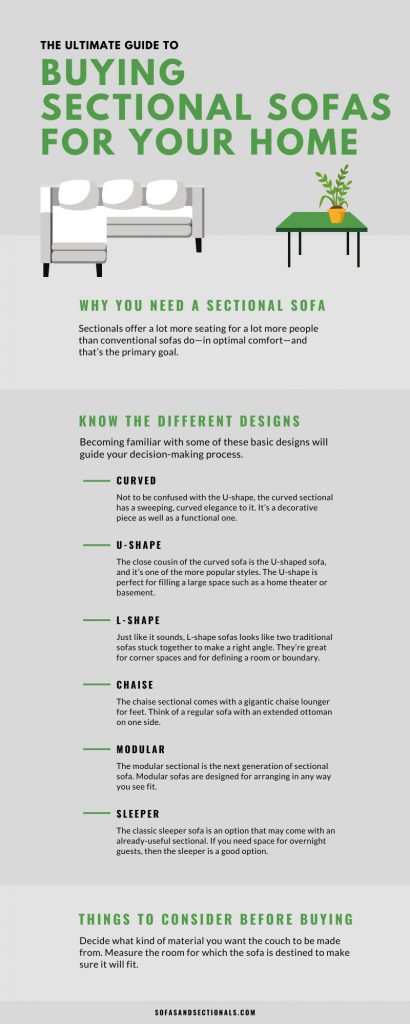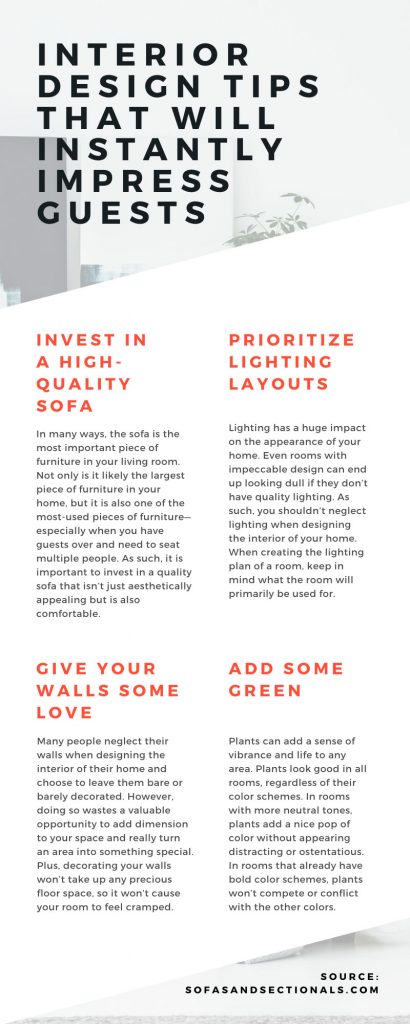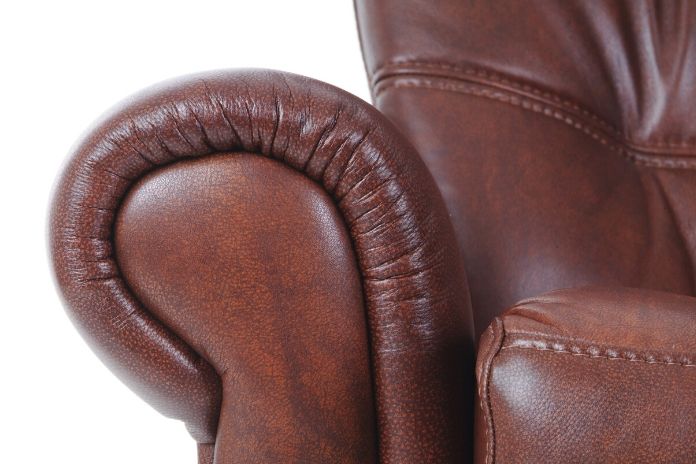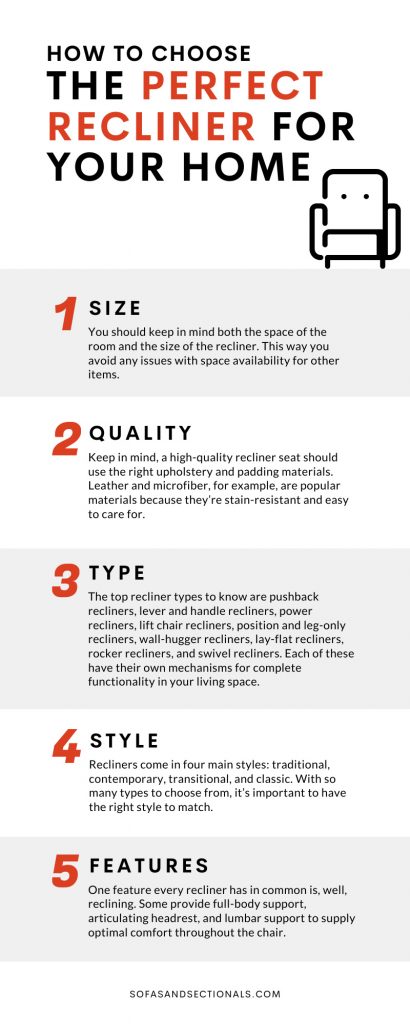Whether you’ve just purchased a new home or you’re looking to refresh an old space, buying a new sofa can be overwhelming. The wrong furniture can minimize a room’s functionality and may even detract from the look you want to achieve. If you’re in the market for a new sofa, consider a modular sectional to solve all your problems.
What Are Modular Sectionals?
A modular sectional is a sofa with multiple components, or modules, that can be reconfigured to suit many different room layouts. Pieces often include couches, loveseats, chairs, ottomans, and chaises.
The beauty of modular sectionals is that you can mix and match the pieces however you want. This means that regardless of your space limitations, design style, or lifestyle needs, this furniture is adaptable enough to work anywhere. If you’re in the market for a new sofa, and you want to know if this option is right for you, consider these top reasons to choose a modular sectional below.
They Fit Any Space—Big or Small
When most people think of sectionals, they assume they’re only for large spaces. In reality, you can find both oversized and compact modular sofas if you shop in the right place. If you live in a small apartment or have limited space, you might choose a loveseat and chaise combination. With a larger living space, however, you might look at pieces with three or more components to maximize your seating. In addition to its relative size, a modular sectional takes up less space than two completely separate pieces because you don’t need to leave any room in between them.
You Can Separate or Connect Pieces as Needed
Let’s face it—you live in any space long enough, and the layout can become stale after a while. Modular sofas make it easier to change up your furniture arrangement without buying anything new. You can separate your sectional into two or more distinct pieces and move them around the room, or you might even relocate ottomans or armchair components to other rooms throughout the house. With modular furniture, the possibilities are endless. Something so simple as rearranging your furniture can breathe new life into any space.
There Are Many Configurations Available
When you choose the right furniture retailer, you can customize your new modular sectional to get the pieces you need. From L-shaped to U-shaped, you’ll find options featuring chaises, loveseats, full-size sofas, and ottomans. For asymmetrical couches, you’ll get to choose whether the longer side is on the right or the left. This allows you to customize it to fit your space perfectly. On top of the sofa’s size and shape, many modular sectionals come with added features, such as recliners, sofa beds, and heated massage. Some options can even transform with pull-out components for additional seating and storage.
There’s Enough Seating for Everyone
A modular sofa is an efficient way to maximize your seating space. Whether you want to gather the family for movie night or host a game-day party, modular furniture ensures that everyone has a place to sit. Detachable ottomans also make great extra seats if you have one or two unexpected guests. What’s more, your friends and family will love the cushiony comfort a sectional sofa provides. Rather than pulling in hard dining chairs from the kitchen, your guests can kick back in a soft, relaxing seat.
They’re Easy To Move
If you’ve ever had to move heavy and cumbersome furniture, you’ll love how easy modular sofas make this task. By design, these pieces break down into smaller parts. Instead of having to recruit your 10 best friends to help you out, you can move each piece individually with much less hassle. Smaller components are also more likely to fit through narrow doorways and corridors, and you can configure them on the moving truck in the most space-saving way possible. Even if you just want to move your sectional upstairs or downstairs, the modular benefits are worth it.
Upholstery Is Often Extremely Durable
Because a modular couch is a popular choice amongst families and folks who like to entertain, manufacturers do their best to source durable upholstery fabrics. For example, high-quality leather sectional furniture is easy to wipe down, and many microfiber materials offer stain resistance. These durable options can protect your couch from rambunctious kids, passionate sports fans, and unfortunate pet accidents. You’ll often have a large catalog to select your upholstery from as well, so you can choose a fabric in the color and texture you prefer without having to compromise on its durability.
They Coordinate With Any Design Style
Do you prefer rolled arms and tufted upholstery? Maybe you’d rather have a sofa with clean lines and minimal details. Either way, there’s a modular sectional out there for you. The top furniture brands offer diverse styles so that every customer can find a couch they love. From traditional to contemporary and everything in between, the sky’s the limit on choices available. If you’ve designed your entire room before purchasing your couch, it shouldn’t be too challenging to find an option that fits in nicely. On the other hand, there’s also enough variety out there to use your new sofa as a source of design inspiration.
Replacement Is Less Costly
The ability to separate pieces means that one rip or stain doesn’t ruin the entire sectional. Instead of having to invest in a brand-new sofa, you can choose to replace the damaged piece by itself. This can save you a lot of money, especially if your warranty has lapsed. You may even decide that you don’t need that particular component anymore, and it’s easy enough to dispose of without impacting the rest of your modular system.
Ultimately, the top reasons to choose a modular sectional is its versatility and convenience. It’s the ideal solution for any seating situation. At Sofas and Sectionals, we offer the best brands in the business, featuring high-quality construction and upholstery fabrics. From microfiber couches to leather sectional furniture, you’re sure to find a piece your friends and family will love. Check out our selection and order online today.


